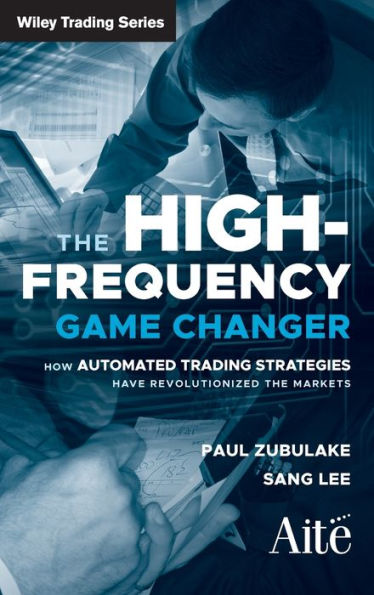5
1
9780470770382



The High Frequency Game Changer: How Automated Trading Strategies Have Revolutionized the Markets / Edition 1 available in Hardcover, eBook

The High Frequency Game Changer: How Automated Trading Strategies Have Revolutionized the Markets / Edition 1
- ISBN-10:
- 0470770384
- ISBN-13:
- 9780470770382
- Pub. Date:
- 04/05/2011
- Publisher:
- Wiley

The High Frequency Game Changer: How Automated Trading Strategies Have Revolutionized the Markets / Edition 1
$60.0
60.0
In Stock

Product Details
| ISBN-13: | 9780470770382 |
|---|---|
| Publisher: | Wiley |
| Publication date: | 04/05/2011 |
| Series: | Wiley Trading , #486 |
| Pages: | 176 |
| Product dimensions: | 6.20(w) x 9.10(h) x 1.00(d) |
About the Author
From the B&N Reads Blog
